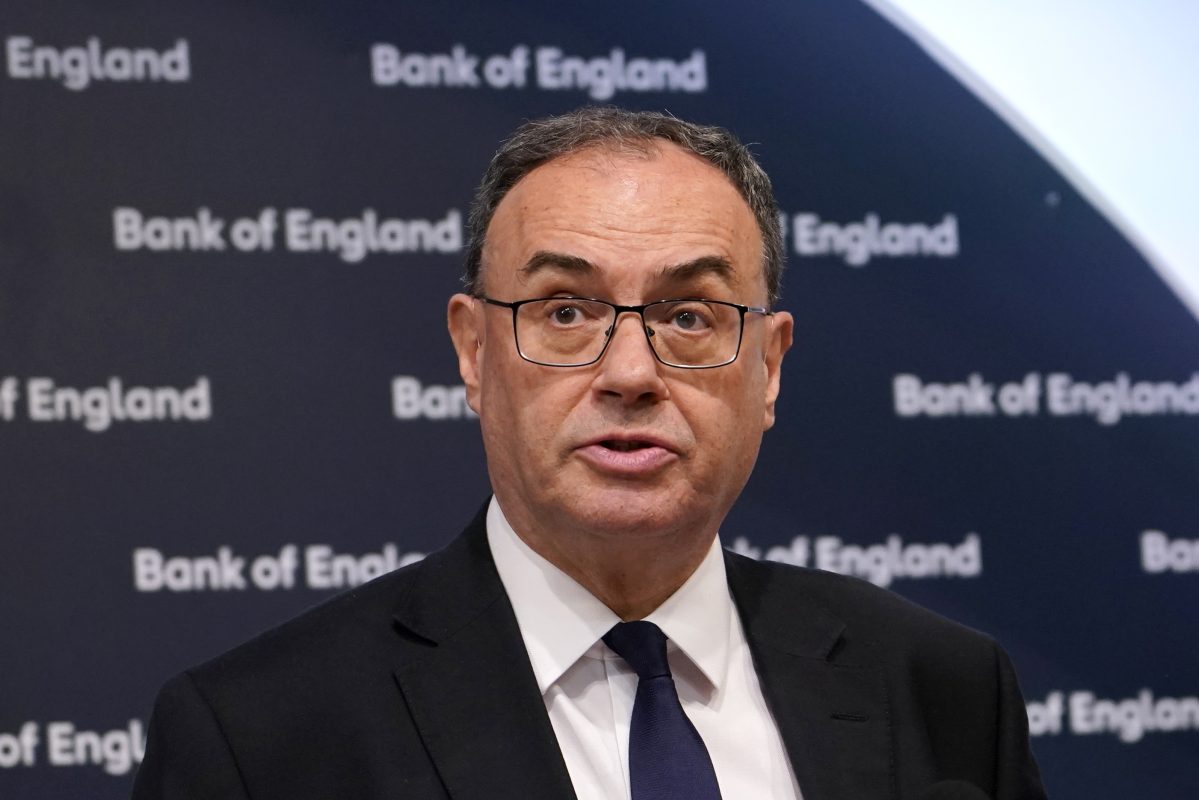Andrew Bailey: Regulators must not be complacent on shadow banking threat
Andrew Bailey, Governor of the Bank of England, warned regulators need more tools to deal with threats to financial stability today as he sounded the alarm on the “opaque” nature of the ‘shadow banking’ sector. In a speech at Bloomberg’s Global Regulatory Forum in New York, Bailey drew attention to the systemic risks posed by [...]


Andrew Bailey, Governor of the Bank of England, warned regulators need more tools to deal with threats to financial stability today as he sounded the alarm on the “opaque” nature of the ‘shadow banking’ sector.
In a speech at Bloomberg’s Global Regulatory Forum in New York, Bailey drew attention to the systemic risks posed by non-banks, often called shadow banks, to the financial system.
“The non-bank sector is very large and growing,” he said. “It is disparate in nature, opaque in important places and the interlinkages are, unsurprisingly, therefore complex and hard to observe.”
Shadow banks include a variety of financial institutions that provide similar services to banks but without equivalent regulation.
The sector has played an increasingly important part in the financial sector since the financial crisis and now makes up around half of global financial assets.
Officials at the Bank of England have been trying to develop tools to address the risks posed by shadow banks, including developing new surveillance techniques and specific policy instruments.
The Bank launched its first system-wide stress test last year, which attempts to track how financial institutions deal with a shock. The stress test should reveal whether firms’ reactions might end up amplifying a shock, as occurred during the LDI crisis in the wake of Liz Truss’s infamous mini-budget.
Bailey said that the Bank will release results from the test by the end of the year, but he said “we need to develop more of these tools [for] surveillance of risks”.
He also argued that central banks needed to develop “emergency facilities” for non-banks which could be triggered if there was a risk to financial stability.
The Bank of England is already working on these sorts of lending facilities, which would allow it to funnel funding to stressed firms on a temporary basis.
“To avoid a systemic crisis, and reflecting the growth of the non-bank sector, central banks should consider permanent emergency facilities for non-banks,” he said.
Speaking on wider threats to financial stability, Bailey urged regulators not to “fall into the trap of complacency”.
“As a previous financial crisis recedes over time, it is not unusual to believe that a new era has arrived. In such conditions, Cassandra-like warnings that nothing basic has changed and there is a financial breaking point that can have severe economic consequences are ignored,” he said.
Rather than developing a “laundry list” of regulations, he added, policymakers should remain focused on the linkages between different parts of the system.
“I believe we have to push against such a list-like tendency keeping our focus on the system-wide perspective, and the correlated, concentrated, interconnected and opaque positions that matter for the stability of the system as a whole,” he said.
Andrew Bailey did not comment on the future path of interest rates. Markets expect the Bank to cut interest rates next month while the odds of a more aggressive rate-cutting cycle have increased after inflation came in below expectations last month.



